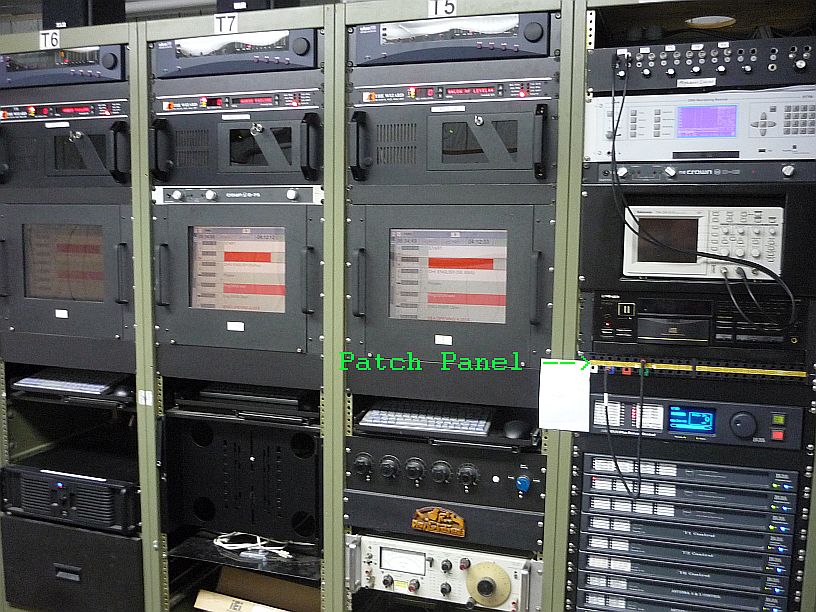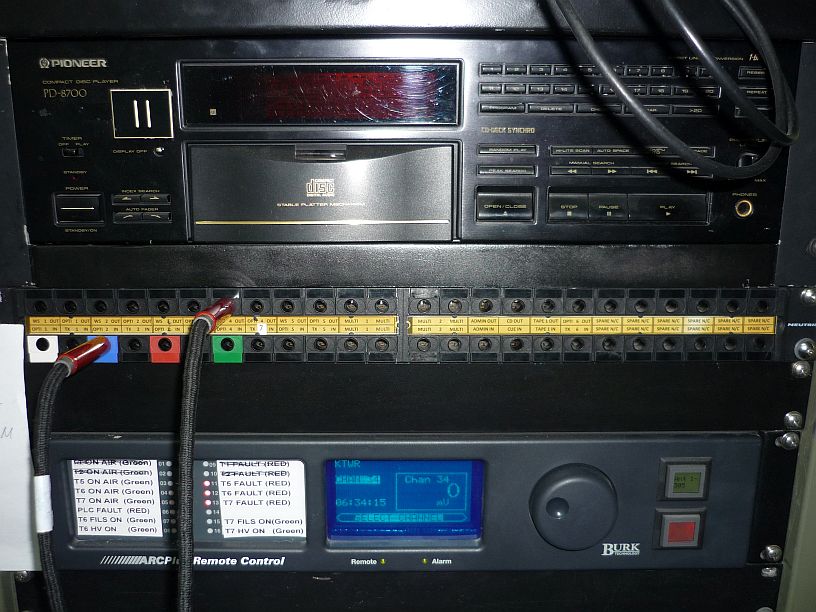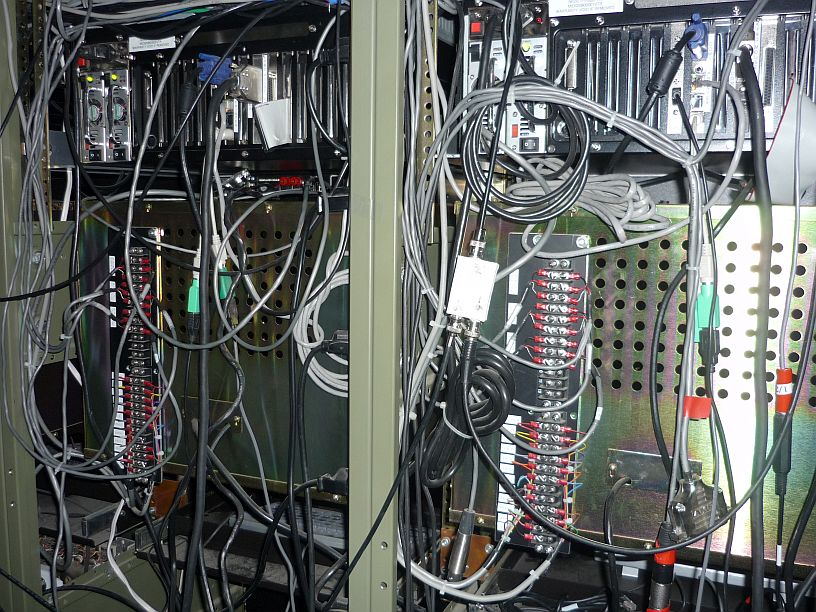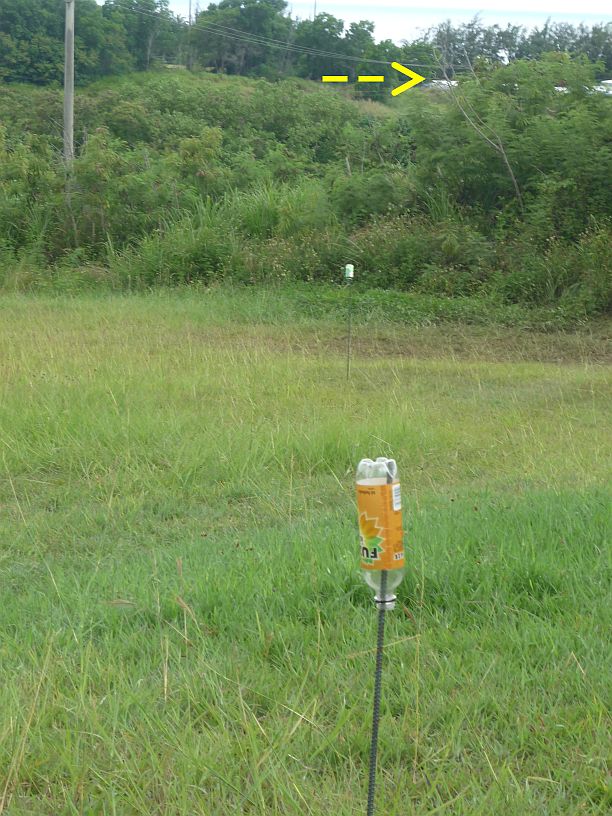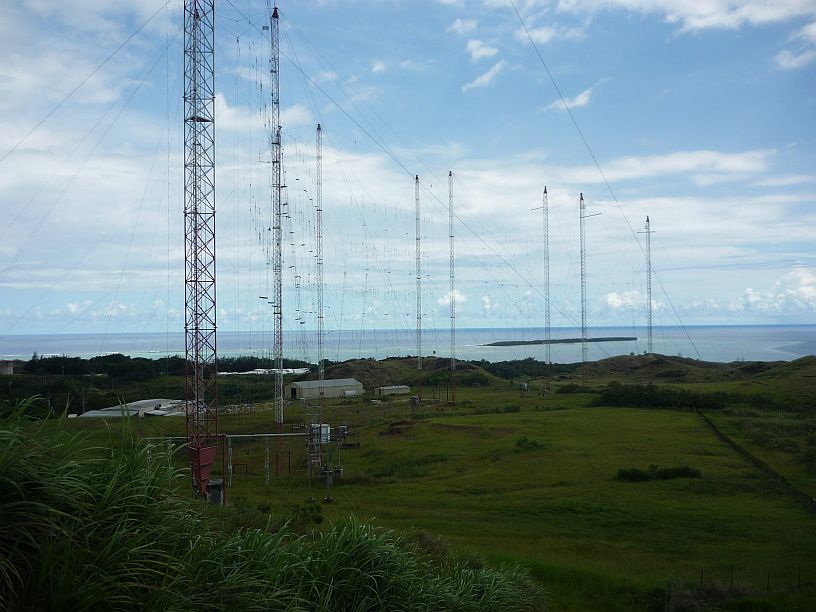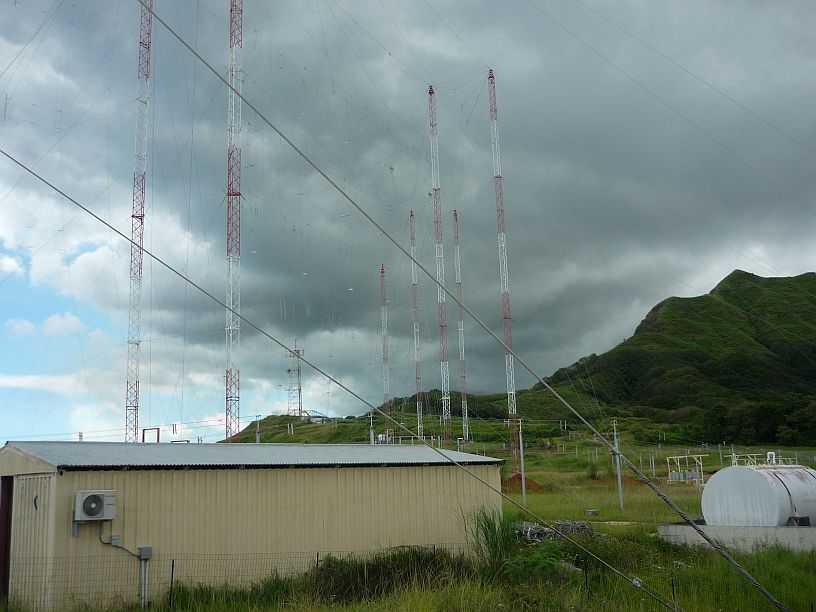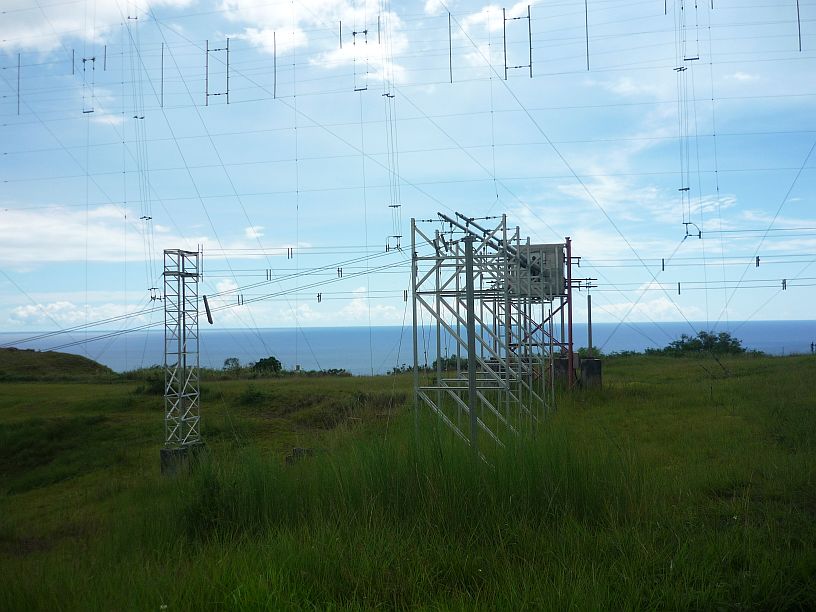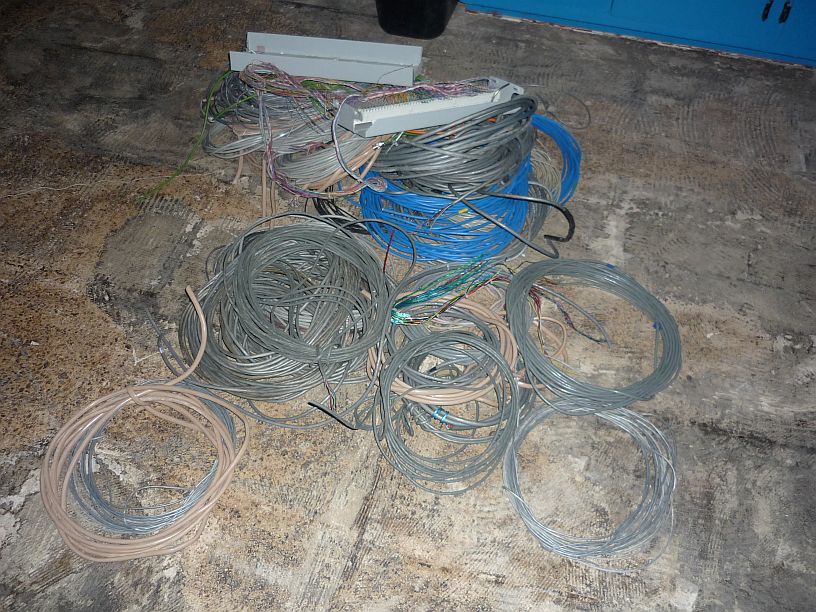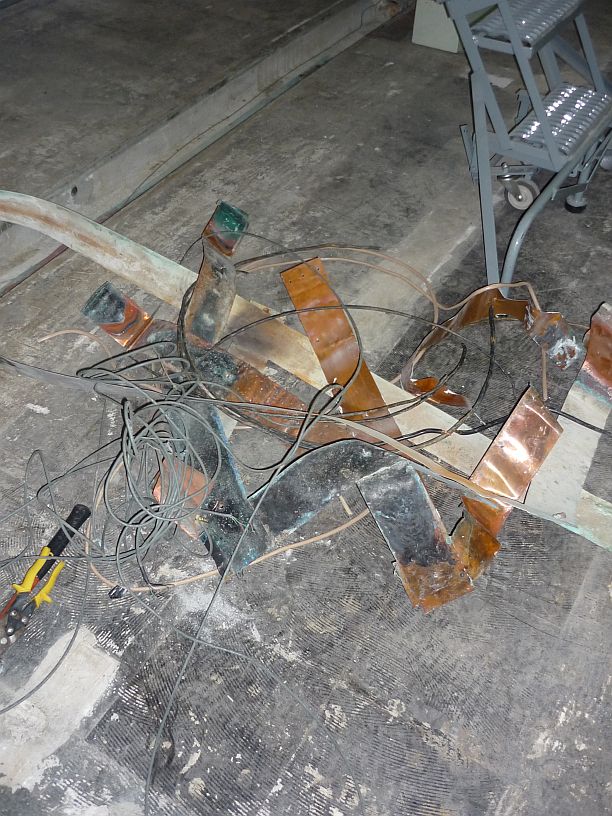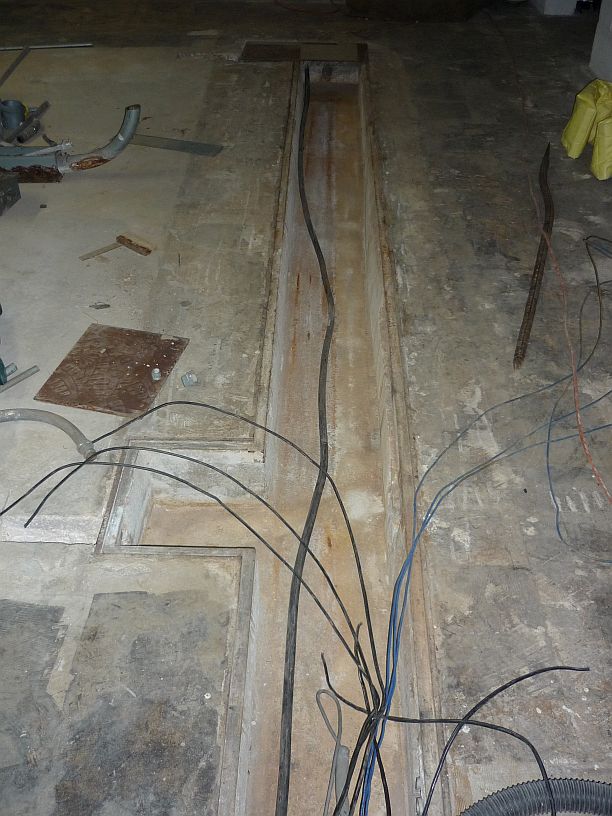This morning before church (Saturday afternoon in the U.S.), we were able to use Skype to call directly to Larry’s mother’s phone. Afterwards, we used used Skype to make a video connection to Allan and Joyce, and their three children who were home. Virginia bought a computer camera before our trip to allow our grandchildren to see us this time, instead of just us seeing them.
When we arrived at Harvest Baptist Church this morning, our friend, for whom we had been looking the past two weeks, was waiting for us. It was good to see him again after many years. We invited him out to have lunch with us, but he had a previous commitment.
Jack and Kathy Marlowe, with whom we had chatted the previous two Sundays, invited us to their home for dinner. Their youngest daughter Grace is still at home and attends Harvest Christian Acadamy. They showed us their small raised garden, where they are raising several vegetables. We had fresh cucumber and tomatoes from the garden. The key for a garden in Guam seems to be using good soil, lots of shade and plenty of water.
Jack works for Stanley Consultants, the company that is replacing some of the bridges on Guam. Two of those bridges are on the way to the transmitting site and work on them is scheduled to start next month. They were declared unsafe in 2005 and replacement one-lane structures were constructed which have been in use since then.
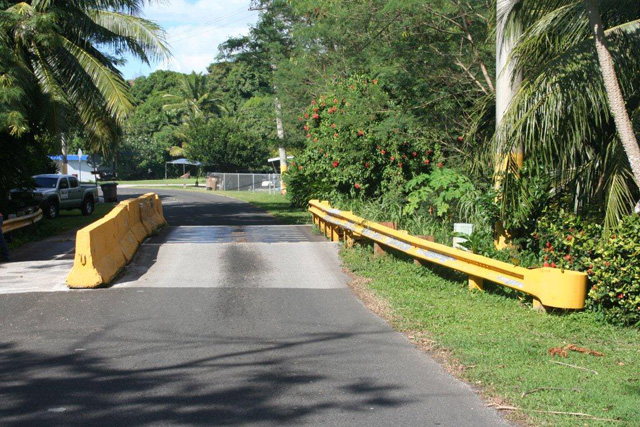
The Piqua temporary one-lane bridge that has been in use for almost ten years.
Since we were already on the north side of Guam, we decided to stop by K-mart to pick up a couple of items. Some claim Guam’s K-mart is the world’s largest, which is technically not true, but is probably the world’s busiest! I wonder if any other K-mart has parking on the roof like this one! Tourists from China, Japan and other parts of Asia shop there. There is even scheduled bus service to bring tourists from the hotels for shopping and often two or more buses are waiting near the entrance. It is interesting to read the comments at — http://www.yelp.com/biz/kmart-store-upper-tumon The success of Guam’s K-mart is probably due to the fact that there are no Walmarts on the island!
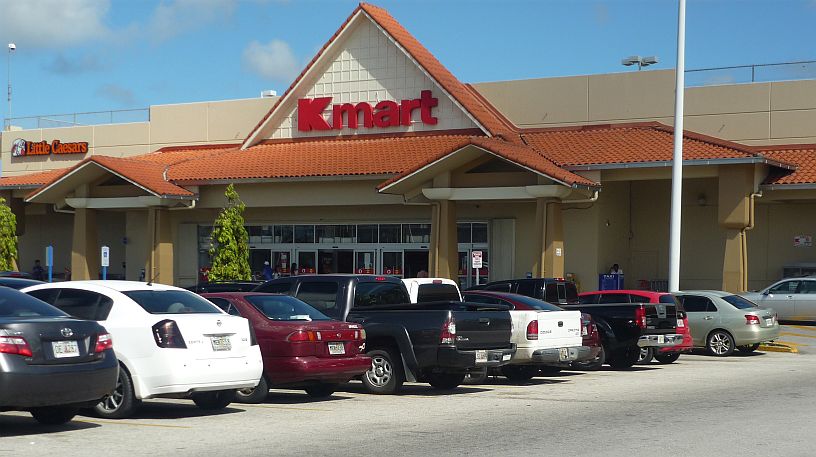
Guam’s K-mart — notice the railing and lights on the roof for the rooftop parking lot.
When we got home this evening, we had to make a quick trip to the Water Store. If we were staying here longer, it would be good to get a second 5-gallon jug. [After writing this, Virginia discovered a second jug in a bottom cupboard!]
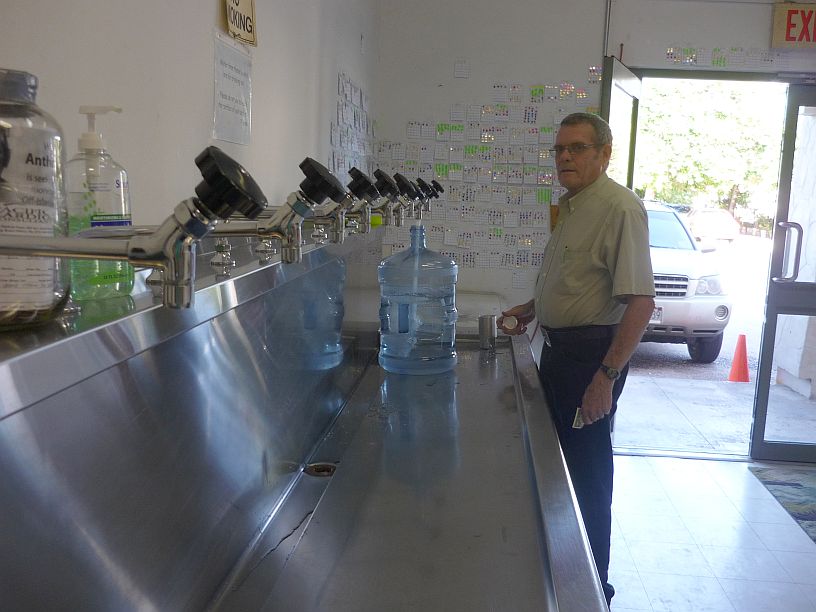
Inside the Water Store — filling our own jug.
Tonight, we managed to complete about 4 days worth of blog entries.
